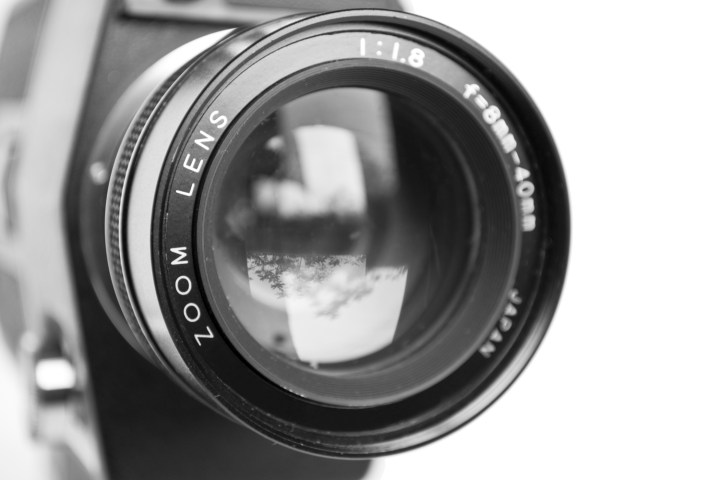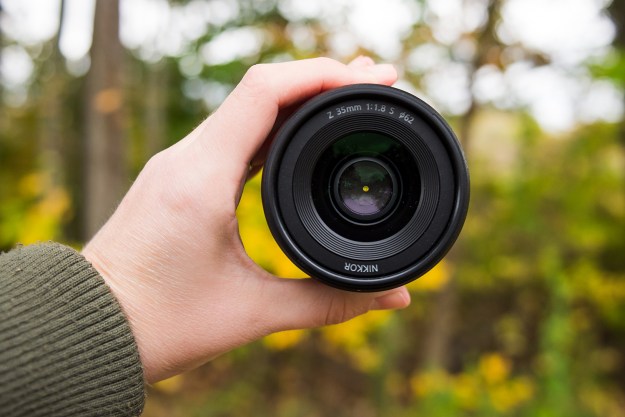
In our camera shopping guide, we’ve tried to simplify the distinctions between compact cams and interchangeable lens cameras. Now, we want to tackle one factor you should consider before you buy a digital camera. We’ll start with what has typically been one of the greatest areas of confusion for camera newbies: “optical zoom” versus “digital zoom.”

Therefore, digital zoom is a misnomer. It does not physically zoom any further – it merely enlarges a section of the image you’ve already set up and framed, similar to crop-to-enlarge an image with a photo-editing software. And most photographers know that if you enlarge a section of an image digitally, you also enlarge all the pixels that make up that image and, in so doing, must take care not to enlarge it so far that you introduce noise.
Have you ever tried to watch a low-resolution video file on your computer and make it full screen? You get this poor quality, somewhat distorted or pixelated (to varying degrees depending on how low res the files is compared to your monitor resolution) This is essentially what is happening in an optical zoom scenario, the camera is taking that small portion of the actual optically zoomed image and then stretching it out – or up-sizing it – to fit your full-size image output. This is why digital zoom never provides results that are as crisp and clear as an optical zoom image – it really should only be used in a worst case (no other options) scenario – that is if you are concerned about image quality.
A better idea? Magnify to the maximum optical zoom, take your shot, and crop later in a photo editing program. That way, you’ll keep your clean, but slightly more distant original, yet you can also experiment to see if you can crop a clean new image. But whatever you do, never, ever buy a camera because of its digital zoom numbers.
Digital zoom was a marketing point in the early days of digital cameras, but over time, camera makers focused less and less on this spec. However, digital zoom is making a comeback, thanks to the smartphone. Because they physically cannot accommodate an optical zoom lens construction, smartphones are using digital zoom as a selling point. But, whether it’s a smartphone or traditional camera, the adage remains the same: don’t buy into it.
Editors' Recommendations
- The best mirrorless cameras
- The best digital cameras
- Optical vs. digital zoom: What you need to know
- The best bridge cameras
- Zoom, prime, wide, or telephoto? Here’s how to pick your next camera lens


